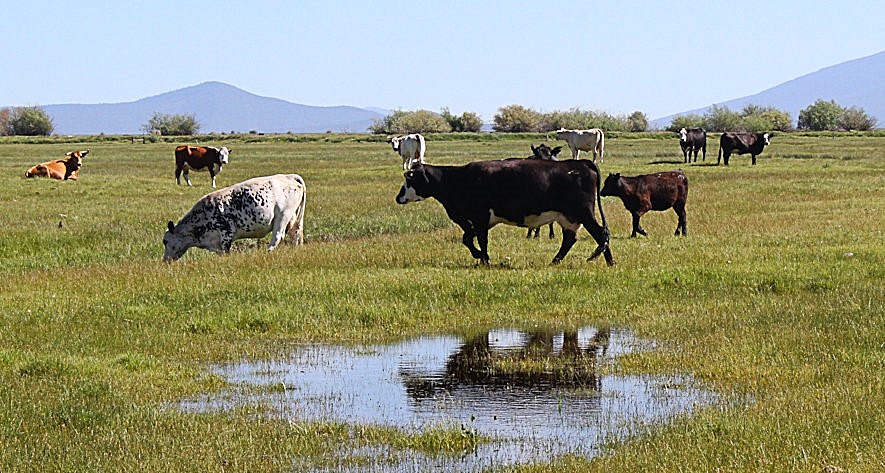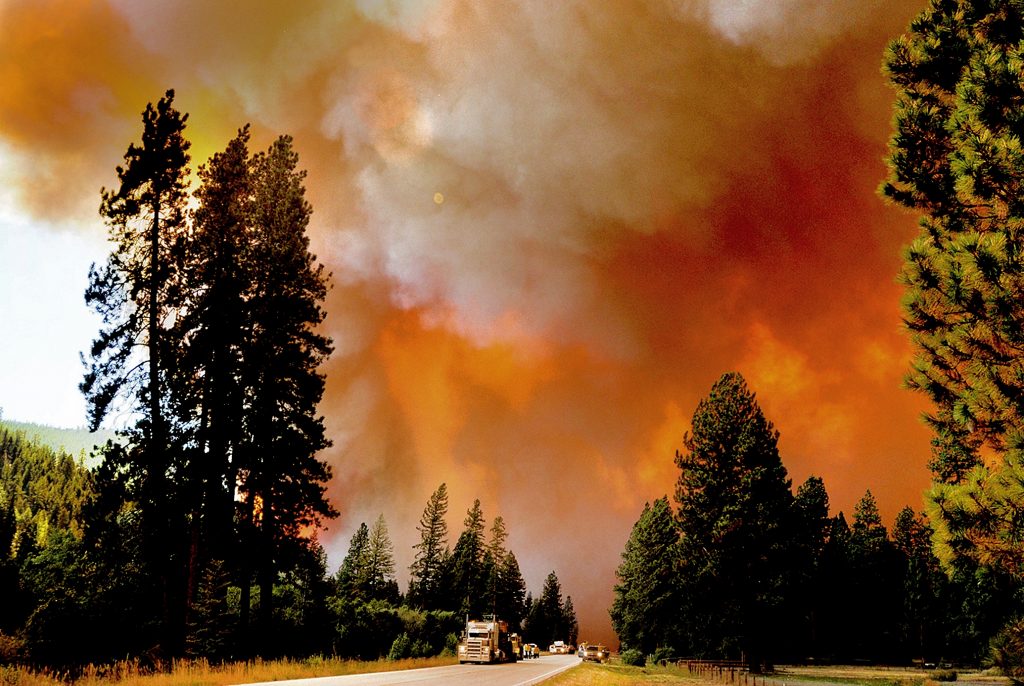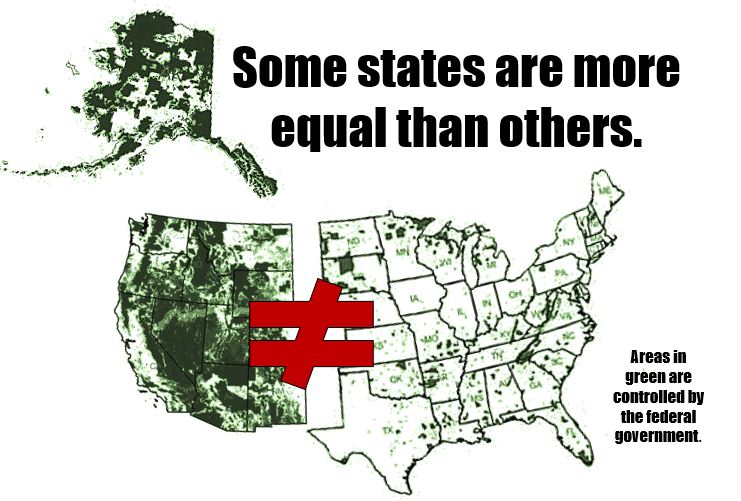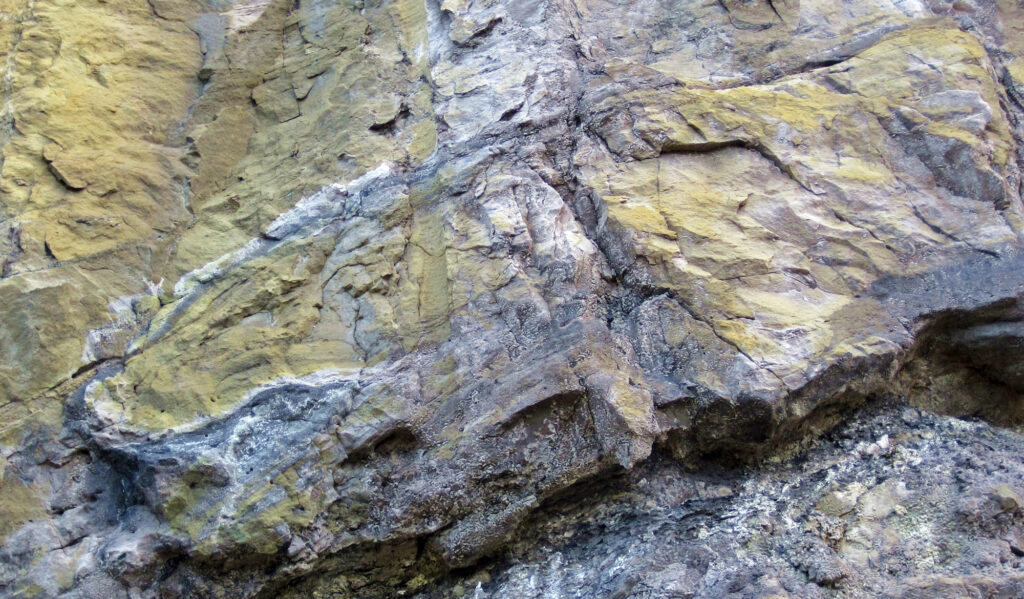The Justice Department yesterday recommended the high court decide whether the landmark environmental law applies to pollution that travels through groundwater before reaching federally regulated water. Two recent circuit court decisions say yes, but critics think that approach vastly expands the statute.
Ellen M. Gilmer
The Trump administration is pushing the Supreme Court to review what could be the most consequential environmental case of the term: a broiling Clean Water Act debate.
The Justice Department yesterday recommended the high court decide whether the landmark environmental law applies to pollution that travels through groundwater before reaching federally regulated water. Two recent circuit court decisions say yes, but critics think that approach vastly expands the statute.
EPA is reviewing a standing position that favored the broader interpretation of the law. According to yesterday’s DOJ brief, the agency is expected to take action “within the next several weeks.”
The closely watched legal dispute could redefine the scope of the Clean Water Act and affect permitting across the country.
“Given the potential breadth of those provisions, and the ways in which groundwater may be connected to navigable waters, the question presented here has the potential to affect federal, state, and tribal regulatory efforts in innumerable circumstances nationwide,” Solicitor General Noel Francisco told the court.
At issue is the proper interpretation of the law’s central provision barring the discharge of “any pollutant to navigable waters from any point source” without a permit. The term navigable waters, broadly defined as “waters of the United States,” does not generally include groundwater.
So, if a pollutant goes underground before making its way to a federal waterway, is it subject to the law? Or does it have to be discharged directly to jurisdictional waters?
In a 2018 case involving wastewater wells in Maui County, the 9th U.S. Circuit Court of Appeals ruled that the county lacked the necessary permit for its wastewater discharges, which migrated through groundwater to the Pacific Ocean. That pollution triggered the Clean Water Act, the court said, because it was “fairly traceable” to a point source, the wells.
Later in the year, the 4th U.S. Circuit Court of Appeals issued a similar ruling in a case involving a Kinder Morgan Energy Partners LP pipeline rupture that leaked gasoline into groundwater, eventually reaching nearby streams in South Carolina. The 4th Circuit said the Clean Water Act applied because the gasoline reached federal water through a “direct hydrological connection.”
Other recent decisions in the 6th U.S. Circuit Court of Appeals and back in the 4th Circuit have either rejected that approach entirely or set limits on it (Greenwire, Dec. 4).
In a sign of interest in the issue, the Supreme Court requested the federal government’s views last month. The Trump administration responded this week that the justices need to step in to resolve the disagreement.
“The courts of appeals are divided on the question whether a CWA ‘discharge of a pollutant’ occurs when pollutants are released from a point source to groundwater and migrate through, or are conveyed by, groundwater to navigable waters,” the brief says. “The Court should resolve that important question.”
Free Range Report
Thank you for reading our latest report, but before you go…
Our loyalty is to the truth and to YOU, our readers!
We respect your reading experience, and have refrained from putting up a paywall and obnoxious advertisements, which means that we get by on small donations from people like you. We’re not asking for much, but any amount that you can give goes a long way to securing a better future for the people who make America great.
[paypal_donation_button]
For as little as $1 you can support Free Range Report, and it takes only a moment.




TERMINATE THE EPA!